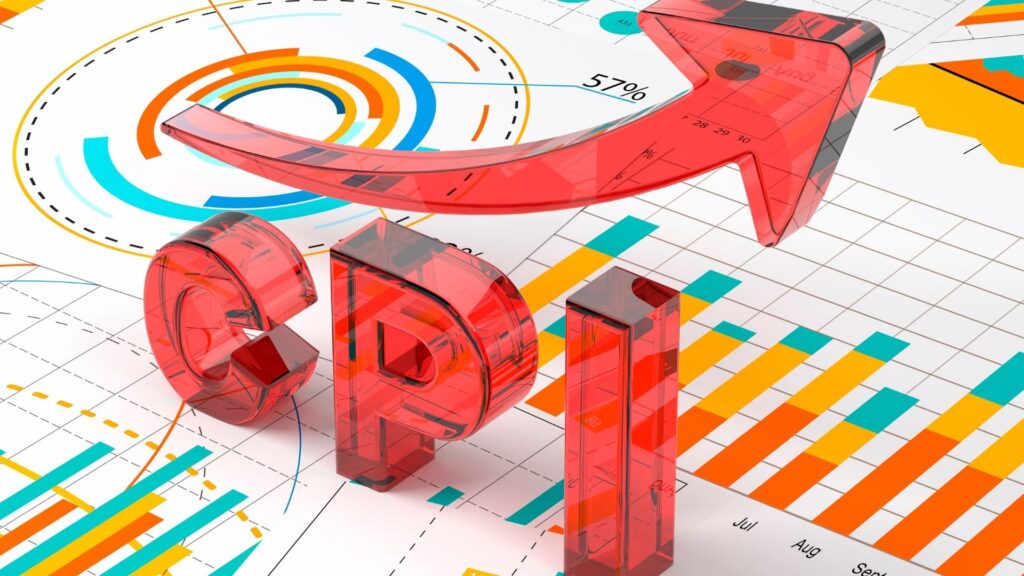
The CPI (Consumer Price Index) inflation measure was released on 16 June, and it shows, that the inflation rate has jumped to 2.1%. The forecasts were previously speaking of 1.8%, and another thing is that the inflation rate has reached the target mark set by the Bank of England at 2%.
ONS (the Office for National Statistics) presents us with the data that shows that the costs of fuel and clothing (which are rising), have been responsible for the inflation rate rise. We are witnessing the crude prices’ rise, as well as the increasing costs of motor fuels (as much as 17.9%). The clothes have become 2.3% more expensive, which is the biggest rise since 2018.
Retailers do not help, as they are keeping the prices relatively high, with not many discounts. But there is nothing to be surprised of, as this state has been present since the lockdown was relaxed in April. This means that the current results are nothing new, and it was easy to predict that the loosening of restrictions would cause the inflation rate to go up. Many economists have actually been warning publicity about it for a few months now.
Since last year and the first lockdown, consumers have been avoiding bigger spending, and the data shows clearly that an average person simply spent less than they would normally have done. Therefore, people have accumulated savings, and with lockdowns lifted, are looking for ways to spend it. With everyone having demands, the supply cannot keep up, so the prices are staying up there, along with inflation.
The most important question is that, whether the inflation will be transitory, or not. There is a line of argumentation that would suggest that it 100% will pass. The spending will be slowing down after people will have gotten used to the newly reopened possibilities, and the production will quickly bounce back to the pre-pandemic capacity. After this happens, the increased supply will result in the price drop, and therefore inflation drop as well. Should this scenario be correct, the banks should do everything they can in order to not increase the interest rates.
What if the predictions are wrong?
Saxo Markets’ Global Sales Trader, Mike Owens, suggests that figures show that this may be actually happening, but there are some other factors, which may change things up a bit.
So, if the ‘high street inflation’ will not be far behind, then it would mean that inflationary pressures are not going away. If this happens to be true, the Bank of England will certainly be forced to increase the interest rates. All this to make people save more, thus reducing their spending, and eventually slowing down (or even lowering) inflation. We can see that other markets are expecting that to happen in the nearest future, as the pound sterling has strengthened both against the dollar and the euro.
All this means something positive for the investors, who will now be able to earn increased yield, but it of course has its drawbacks too. Many will be disappointed to see the mortgage payments go up, while others will be unhappy to see the end of loose and friendly monetary policy, which (according to many) is necessary to help the economy navigate through the uncongenial times of pandemic.
And although the scenarios may be different, the experts are speaking of the United Kingdom’s future in a rather optimistic manner. There is still a lot to work on, as the country suffered a lot during the pandemic and lockdowns, but the figures suggest that we can be calm about the future. It looks like the market (if correctly managed) will be able to heal properly.
If you want to read more about the prospects of the United Kingdom’s inflation rates and its tight connection to the interest rates agreed by the Bank of England, you should use the link, and join the Disruption Banking website. There, you’ll find a fascinating piece that dwells deep into the mechanisms of inflation and the market of the UK and explains them perfectly. To access the article, simply enter the link: https://disruptionbanking.com/2021/06/16/consumer-price-index-shows-inflation-growth-could-interest-rates-be-next/.